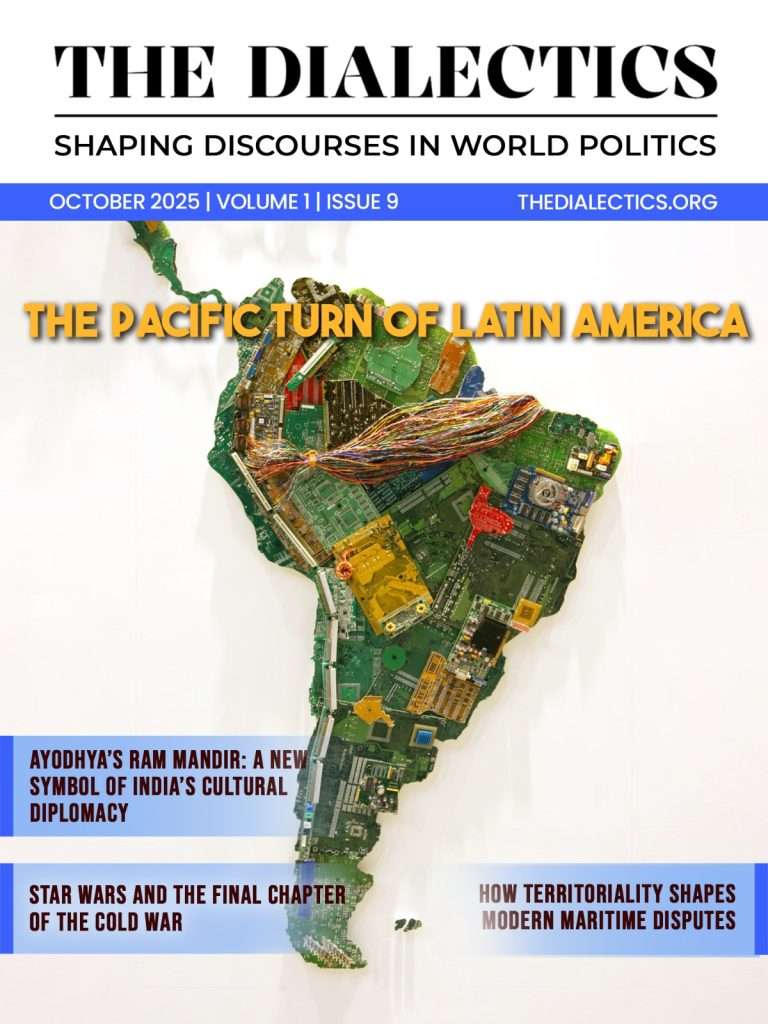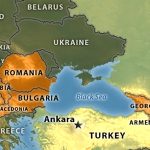Libya is grappled with yet another civil conflict. The hope of a stable nation with a democratic government has been shattered after the 2011 Arab Spring. The country is facing a fresh crisis after a fragile and short-lived peace. This time the nation faces a crisis of a legitimate government. There are multiple parties swaying for power and control pushing the country to chaos and perishing hopes. After the fall of Muammar Gaddafi in 2011, the power vacuum was plagued by other power claimants- different governments, militias exacerbated by the foreign powers. The different parts of the country are under the control of different powers, dividing the country into many factions, each vying for authority. The recent clash and chaos in Tripoli explain how the country is moving towards a possible second Arab Spring and bleaker prospects for peace. This article will discuss how the country is facing instability and has emerged as a battleground for the power-grab.
Libya’s Initial Descent into Chaos: From Revolution to Ruin
The 2011 Libyan Revolution was purposed to overthrow the existing government in power and replace it with a suitable form of government- democracy to be specific. The country saw several coups since its independence. Libya has enormous reserves of crude oil which makes other countries eye on her resources. Libya under Gaddafi saw several historic changes- nationalisation of oil reserves, funded education, healthcare, housing, and subsidies, raising living standards dramatically. In spite of bringing all the societal developments, Gaddafi’s rule is controversial- some considered him a brutal dictator who oppressed the country, whereas some saw him as a ruler who kept the country intact, his killing brought in instability, a fragmented nation and foreign interference. Stability and economic development under Gaddafi came at the price of freedom. But the period post- Gaddafi rule didn’t see the outcomes it desired for decades.
Libya’s Vicious Loop: From Authoritarianism to Kleptocracy
After Gaddafi’s fall, an elected body, the General National Congress (GNC) was established in 2012, but internal fractures soon appeared. By 2014, Libya plunged into full-fledged civil war when militant Islamist groups like Ansar al-Sharia and ISIS gained ground, and General Khalifa Haftar launched “Operation Dignity” against them. The situation evolved into a fierce battle between two rival governments: Haftar’s Libyan National Army (LNA), backed by the eastern-based House of Representatives in Tobruk, and the UN-recognized Government of National Accord (GNA) in Tripoli. Multiple ceasefires and peace deals, such as the UN-brokered Libyan Political Agreement in 2015, failed to unify the warring factions.
By 2019, Haftar’s offensive to seize Tripoli escalated the conflict dramatically, drawing in more foreign actors. Egypt, UAE, and France supported Haftar, while Turkey intervened on behalf of the GNA, sending troops and weapons. The result was a bloody stalemate. In 2020, a ceasefire was announced under UN mediation, offering a fragile sense of calm, though tensions simmered beneath the surface. A transitional unity government under Abdulhamid Dbeibah was formed in 2021, but elections were repeatedly postponed, and disillusionment among the Libyan people grew.
Today, the country is mired in a kleptocracy form of government, where the ruler in power use his authority and political power to orchestrate politics and remain in power for an unspecified period of time and make personal gains. In such a form of government, the people and nation’s interest are sidelined and more focus is laid on personal financial enrichment
Foreign Interference and Resource Exploitation
Libya has vast reserves of oil which allures the foreign players. The country has multiple governments holding different parts, with the Government of National Unity (GNU)controlling Western Libya, Haftar led government Libyan National Army (LNA) controlling the eastern part of the country. Countries like Turkey, Italy, Qatar have taken the side of the UN recognised government- GNA. With the maritime deal signed with the Tripoli government, Turkey can access the energy in the Mediterranean Sea. This is a point of contention between Turkey and Greece, Egypt. Lately, Russia has a deep involvement in eastern Libya especially after Bashar Al Assad’s ouster in Syria.
Russia has lost a long, reliable partner in the region and with its future military presence in Syria in doubt, Russia has shifted its equipment in Libya’s bases. Russia has been investing heavily in eastern Libya, a region with oil reserves and access to the Mediterranean Sea. The eastern part of the country is controlled by the Libyan National Army (LNA) under Field Marshal Khalifa Haftar, a Russian ally in the region. Russia’s involvement also deepened through the Wagner Group (now operating as the “Africa Corps”), backing Haftar and securing control over oil installations and airbases like the Al-Khadim base near Benghazi. Earlier this year, Russia had reopened its embassy in Tripoli as a move to foster deeper ties with Libya, with a further plan of opening consulate in Benghazi at the end of 2025. This way Russia will be able to maintain control in the region, Sahel in specific where the West is waning its influence.
Meanwhile, the United States, under both the Biden and Trump administrations, has made efforts to make its presence in the oil rich nation, in order to counter Russia’s growing influence. While the U.S. hosted Haftar’s sons for talks in 2025, skepticism remains over their sincerity and transparency. Libya’s institutions—like its oil corporation and central bank—remain battlegrounds for influence.
Assassination of Gheniwa’s Unlock Another Chaos in Libya
The recent clashes of 2025 have stemmed after the assassination of Abdel Ghani Kikli. He was the commander and the head of Stability Support Apparatus (SSA) militia in Tripoli. Known as “Gheniwa,” Abdel Ghani al-Kikli was one of Tripoli’s most powerful armed factions, with a tight grip on the southern districts of the city. He was also listed among the top alleged perpetrators of crimes against humanity, facing accusations of extrajudicial killings, torture, and other severe human rights violations. The death of the militia has triggered clashes in the capital. The killing of the powerful militia leader of SSA was welcomed by Major General Mahmoud Hamza, the leader of the 444 Brigade who is also the GNU head of military intelligence. Following that, fresh rounds of clashes broke out between SSA positions and 444 Combat Brigade. The violence was fuelled by the involvement of RADA Special Deterrence Forces, another major armed group led by Abderrauf Kara.
Protests demanding the government to come down. Protests that were seen in the capital have now spread to cities like Misrata, Zawiya, Sabratha, and Surman. Prime Minister Dbeibeh has become an unpopular leader, losing support in his Cabinet. This was followed by the resignation of several ministers amid the protests. Meanwhile, Libya’s House of Representatives has initiated the process to form a new, unified government. Lawmakers convened in Benghazi to review proposals from twelve candidates aiming to guide the country’s next political phase.
Conclusion
Libya is again reliving its recent history- protest against the existing government, multiple parties vying for power, elections delayed and a divided nation. Initiatives are taken to have the national elections, United Nations Mission in Libya (UNSMIL) is working to maintain stability, prioritising civilian protection. But against the backdrop of any little development followed events negating any development.
During such a nation-wide crisis, the country must be united, push for meaningful cooperation benefiting the nation and the civilians, rather than personal interests, and collectively oppose any foreign intervention which is also slowing down the process of achieving peace and lasting peace. A country with such rich oil reserves, strategic location, and vast population has the potential to be one of the most developed countries in Africa until the power rests in the hands of grafters.




